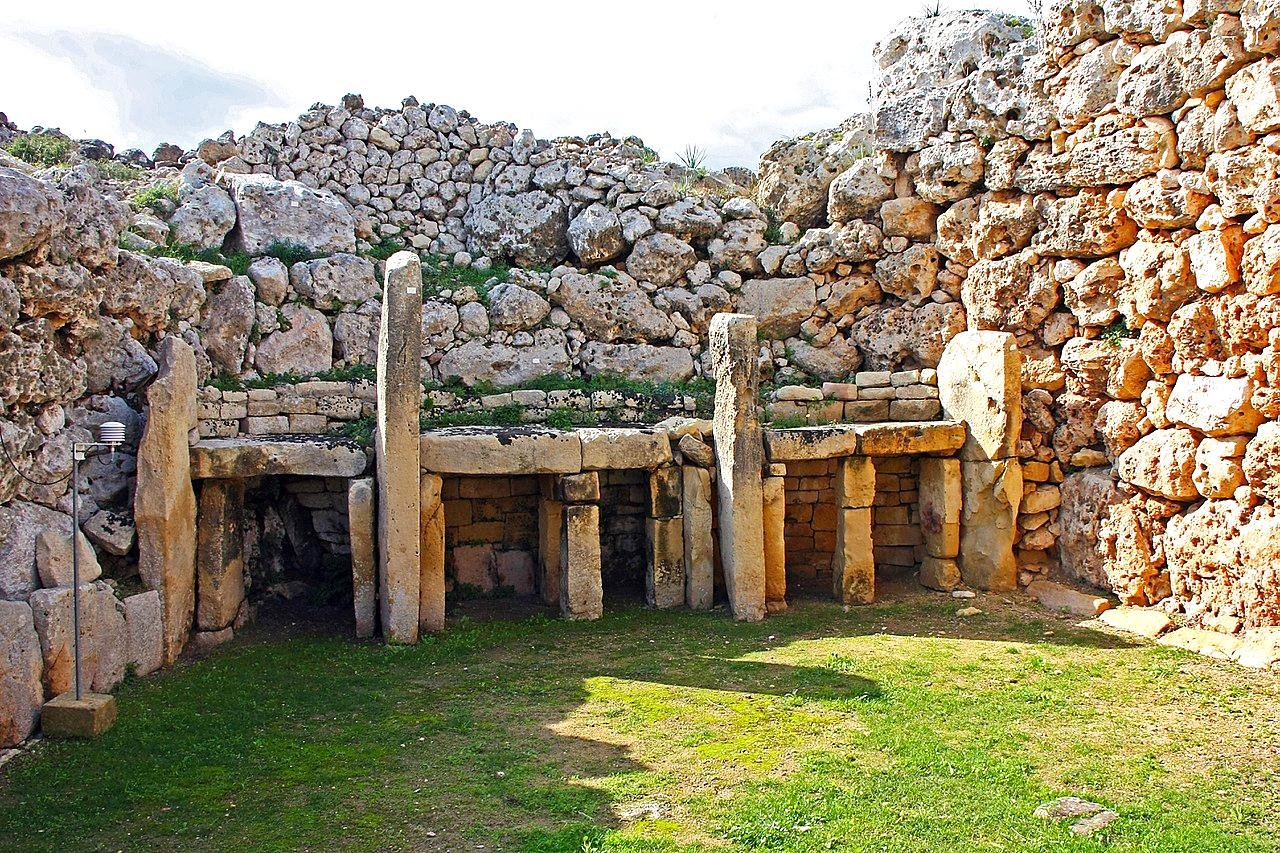When we think of ancient wonders, the Pyramids of Giza often come to mind. These iconic structures have stood for thousands of years, bearing witness to the rise and fall of civilizations. Yet, tucked away in far-flung corners of the world, exist marvels that predate even these towering giants. Step into the shadows of history as we explore ten enigmatic monuments that shaped humanity long before the sands of Egypt were swept into pyramids.
Göbekli Tepe, Turkey
Nestled in the rugged terrains of southeastern Turkey lies Göbekli Tepe, an archaeological site that puzzles and astounds historians. Dating back to around 9600 BCE, this site is believed to be the world’s oldest known temple complex. The intriguing aspect of Göbekli Tepe lies in its sheer complexity. It features massive T-shaped stone pillars, some intricately decorated with carvings of animals such as lions, bulls, and scorpions. Interestingly, this construction predates the wheel and pottery in the region. It challenges the conventional understanding of early societies, suggesting that our forebears had significant organizational skills and religious motivations long before agriculture took root.
Newgrange, Ireland
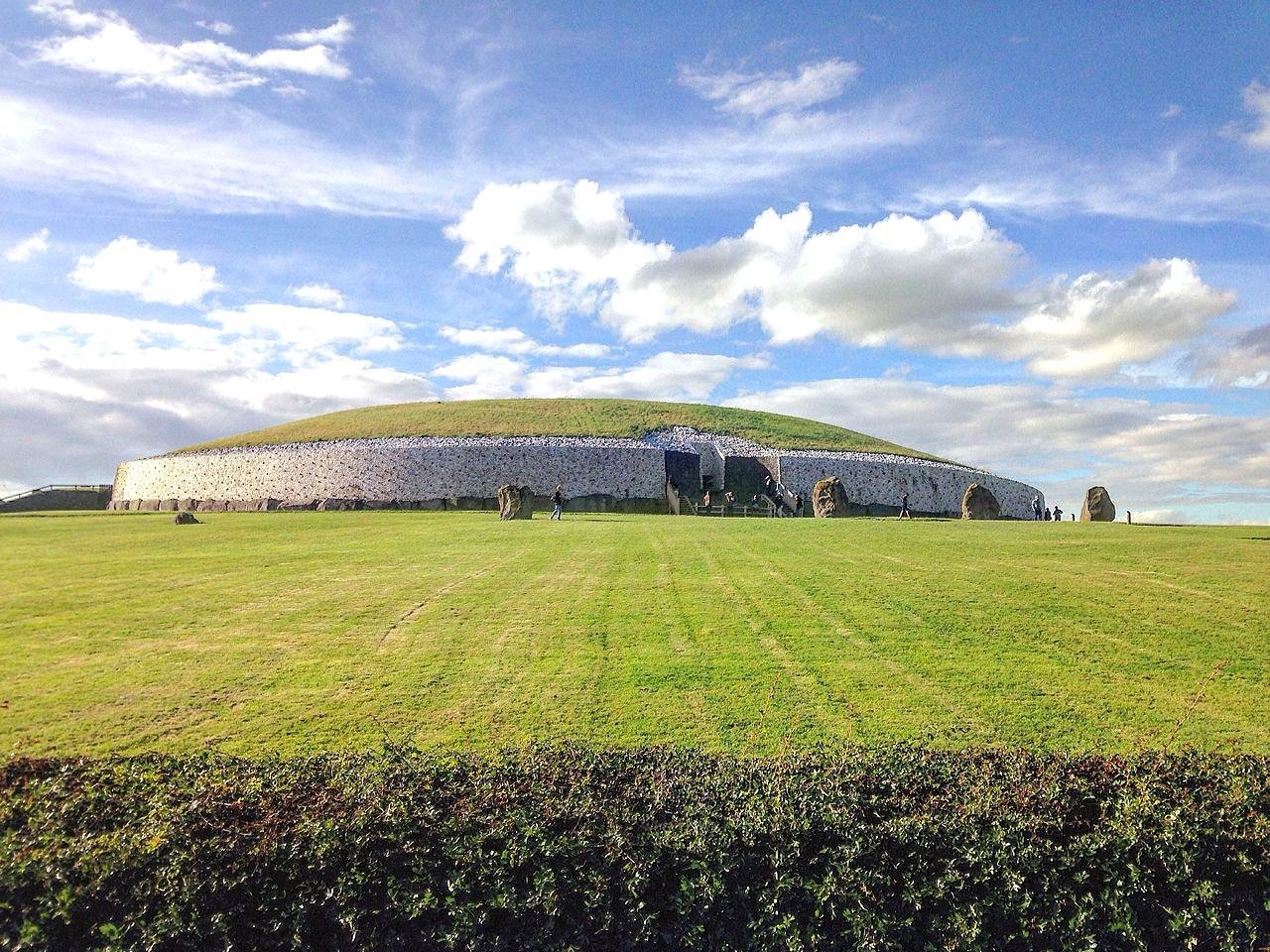
In the lush green landscapes of County Meath, Ireland, stands Newgrange, a prehistoric passage tomb constructed around 3200 BCE. It’s older than Stonehenge and the great pyramids, boasting architectural prowess that baffles many even today. A long passage, intricately designed, leads to a large central chamber. What’s mesmerizing is how the structure aligns with the rising sun during the winter solstice, bathing the chamber in golden light. This astronomical precision offers a glimpse into the profound understanding of seasons that guided Neolithic communities, intertwining daily life with celestial events.
Caral-Supe, Peru
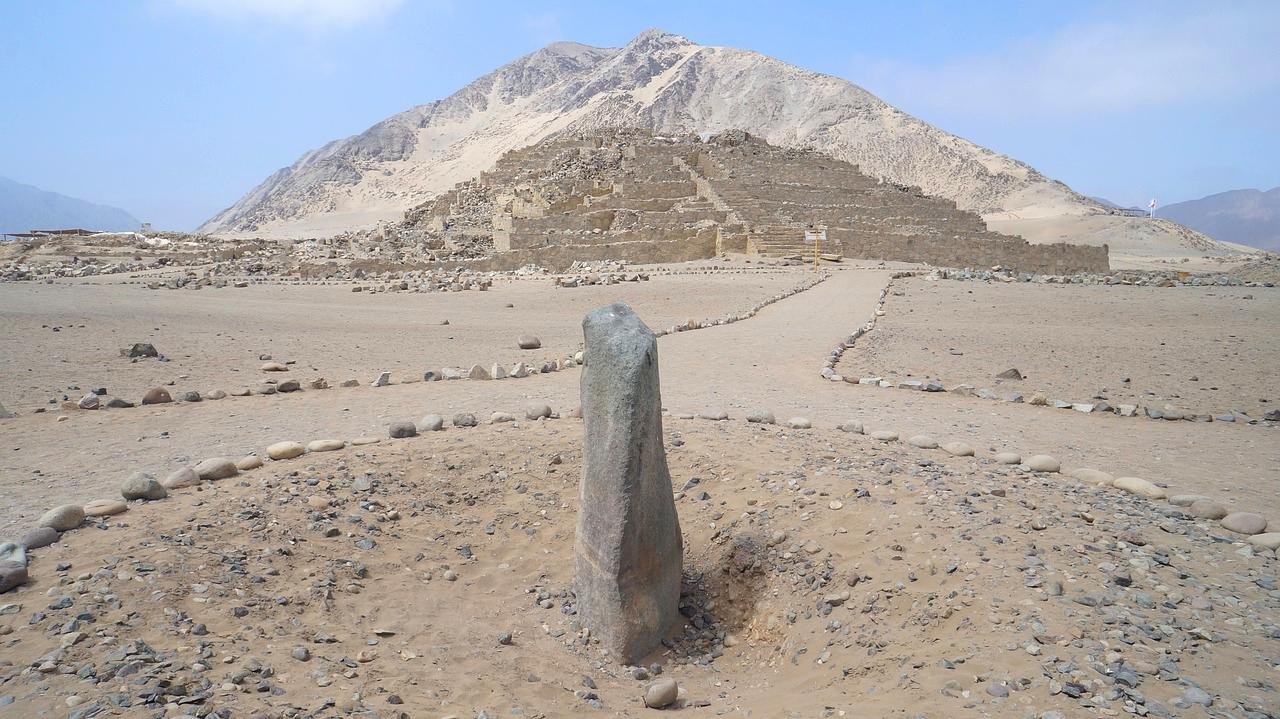
Journey to the sun-drenched coasts of Peru, where the Sacred City of Caral-Supe resides, telling tales of a flourishing civilization from around 2600 BCE. This urban wonder, among the oldest in the Americas, showcases pyramidal structures, vast plazas, and sprawling residential areas. What sets Caral-Supe apart is its lack of warfare evidence, suggesting a peaceful existence built on trade and shared culture. The site’s residents mastered architectural and agricultural techniques that highlight a significant leap in societal complexity before their northern counterparts in Mesoamerica had even begun to form civilizations.
Ġgantija Temples, Malta
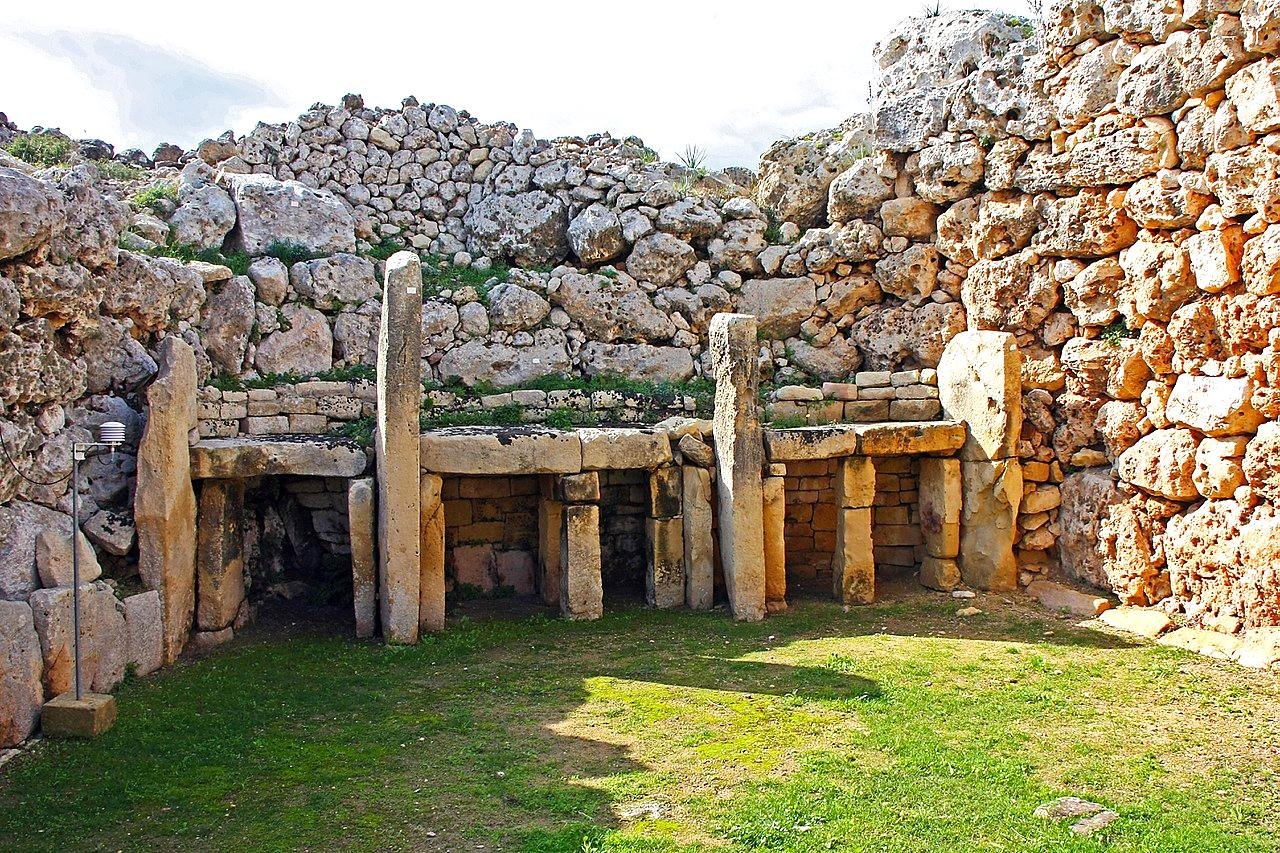
On the quaint island of Gozo, part of present-day Malta, lie the Ġgantija Temples, dating to approximately 3600 BCE. These mammoth limestone structures stand as a testament to the ancient islanders’ architectural mastery. The temples’ design, involving interlocking stones some weighing several tons, speaks to advanced engineering techniques. Legends abound about how giants built them, capturing the imagination with stories of enigmatic builders. While their exact purpose remains debated, many believe they served as religious centers, echoing the spiritual practices of Neolithic island inhabitants.
Nabta Playa, Egypt

Before pharaohs commanded the Nile, the Nubian Desert witnessed the rise of a curious site known as Nabta Playa, dating back to the 5th millennium BCE. This ceremonial ensemble boasts a peculiar stone circle, reminiscent of Stonehenge but centuries older. Scientists theorize it to be an early astronomical observatory, with its stones meticulously aligned with celestial events. Its existence hints at an advanced understanding of astronomy by its creators, suggesting that the ancients gazed skyward to decode patterns that dictated harvests and seasons.
Monte d’Accoddi, Italy
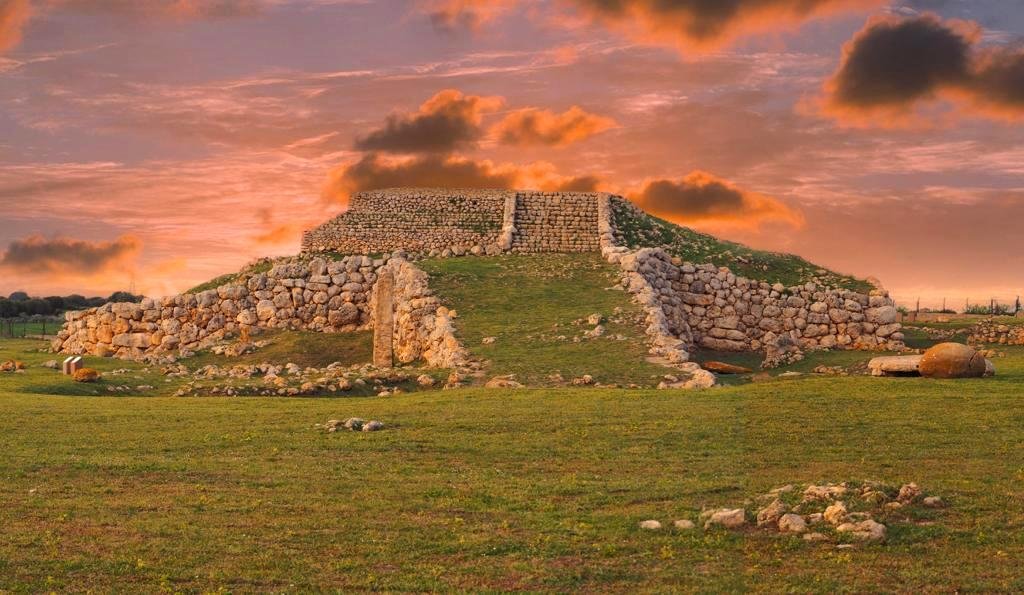
In the heart of Sardinia, Italy, Monte d’Accoddi rises as a unique prehistoric monument from between 4000 and 3650 BCE. Bearing resemblance to a step pyramid, the structure features a platform accessible via a sloping ramp. This monumental site is shrouded in mystery, with possible uses ranging from religious to ceremonial. Its unparalleled design in the Mediterranean region displays a distinct cultural footprint, showcasing the creative spirit that flourished amongst Sardinian societies. The lines of scholarly debate continue, but the awe it inspires is undeniable.
Carnac Stones, France
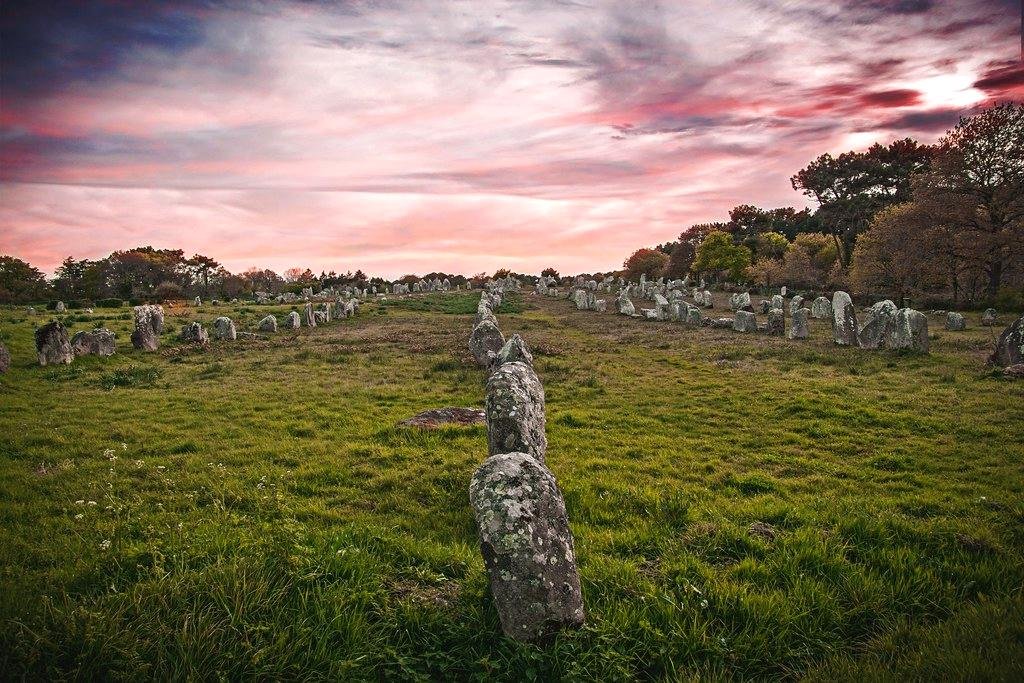
In Brittany, France, the enigmatic Carnac Stones stretch across kilometers, encompassing over 3,000 menhirs erected between 4500 and 3300 BCE. This grand display of megalithic arrangement confounds archaeologists, igniting debates about its purpose. Theories abound, from celestial calendars to territorial markers, yet no consensus has been reached. The stone alignments, sprawling across vast stretches, suggest a collective effort from prehistoric communities. This mysterious endeavor undoubtedly required significant resources, pointing to a sophisticated societal structure.
Carrowmore Megalithic Cemetery, Ireland

In the county of Sligo, Ireland, Carrowmore holds secrets of the Neolithic period, hosting one of the densest concentrations of megalithic tombs dated to around 3700 BCE. The site encapsulates various tomb structures like passage tombs and dolmens. The stones reveal much about burial practices, suggesting rituals and beliefs about the afterlife. As scholars examine the artifacts and burial outlines, they paint pictures of a community deeply intertwined with its spiritual beliefs—a window into the intricacies of early Celtic life and death.
Tumulus of Bougon, France
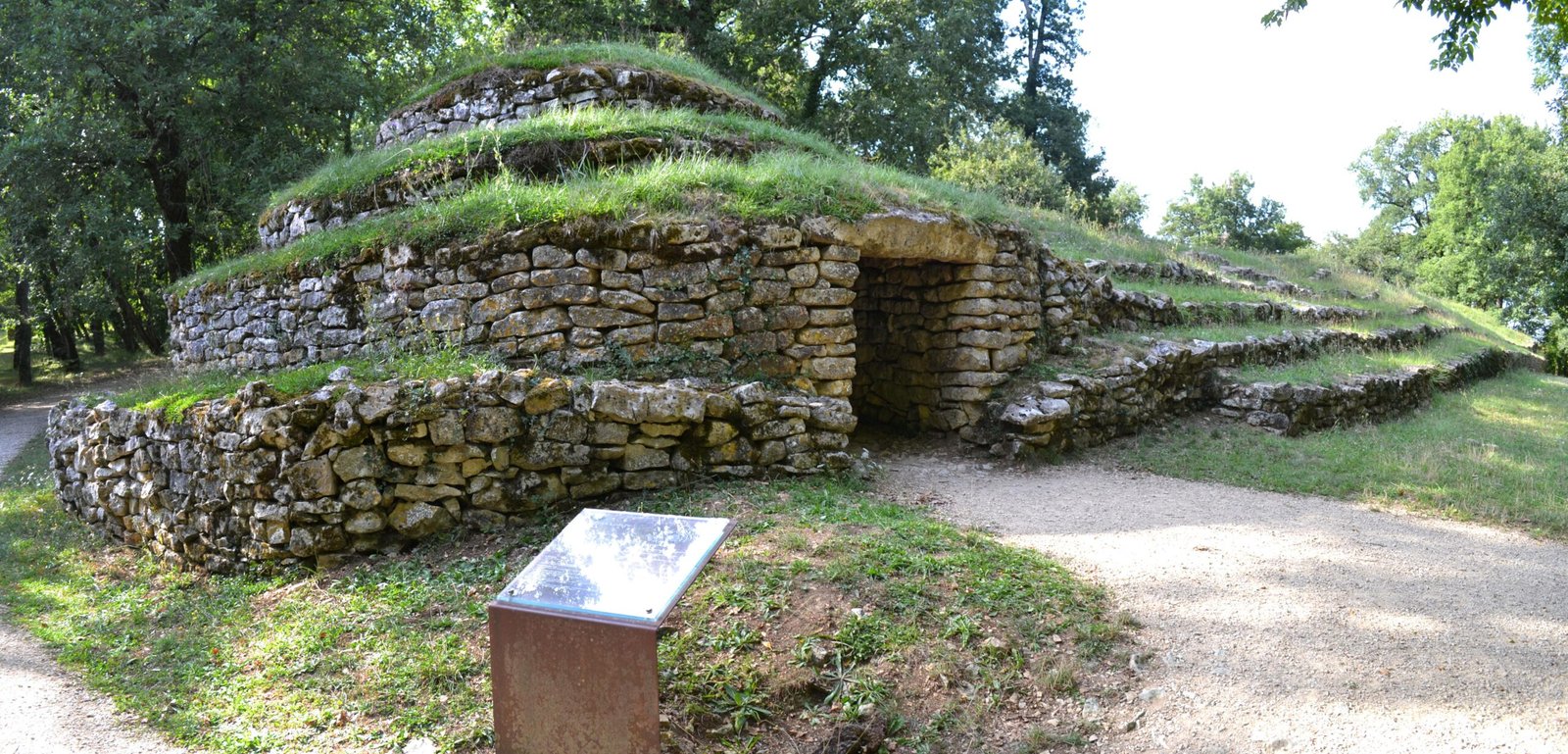
In the scenic landscapes of western France, the Tumulus of Bougon compels visitors with its collection of five Neolithic burial mounds from around 4700 BCE. These fascinating structures reveal early architectural techniques, showcasing how ancient societies laid the rest their revered dead. As one wanders the tumulus, clues emerge of elaborate funerary customs that highlight the social complexities of the time. It’s a glimmer into a world long past yet rich in emotion and tradition, reminding us of the reverence our ancestors held for those who came before.
Gunung Padang, Indonesia
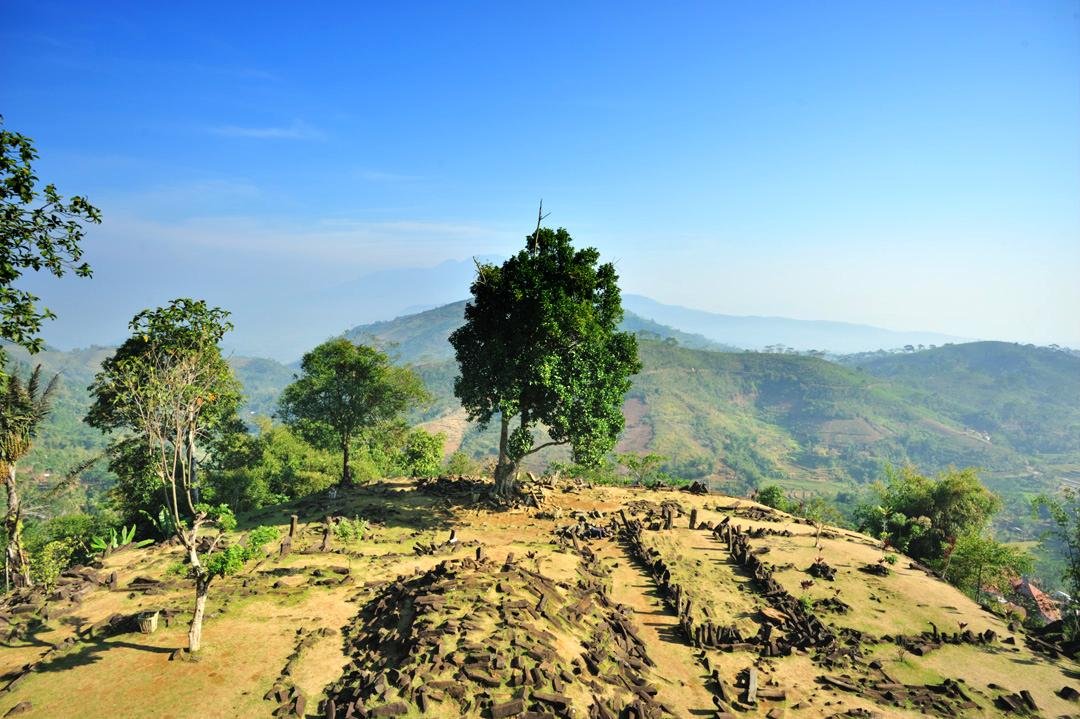
Perched on the peaks of West Java, Indonesia, Gunung Padang challenges the timeworn narratives of human history. Some researchers speculate its age to be as far back as 20,000 BCE, potentially crowning it the oldest pyramid shape. Yet, its mysterious terraces, adorned with mammoth stone pillars, beg more questions. Who were these early architects? What compelled them to such monumental tasks? While debates continue on its origins and purpose, the site remains an enigma that tantalizes scholars and induces wonder among visitors.
In peeling back the layers of history, each of these ancient stones tells tales of innovation, coordination, and deep-seated beliefs. They stand silent, bearing witness to epochs of humanity, offering a bridge to understand the vastness of our shared past.

